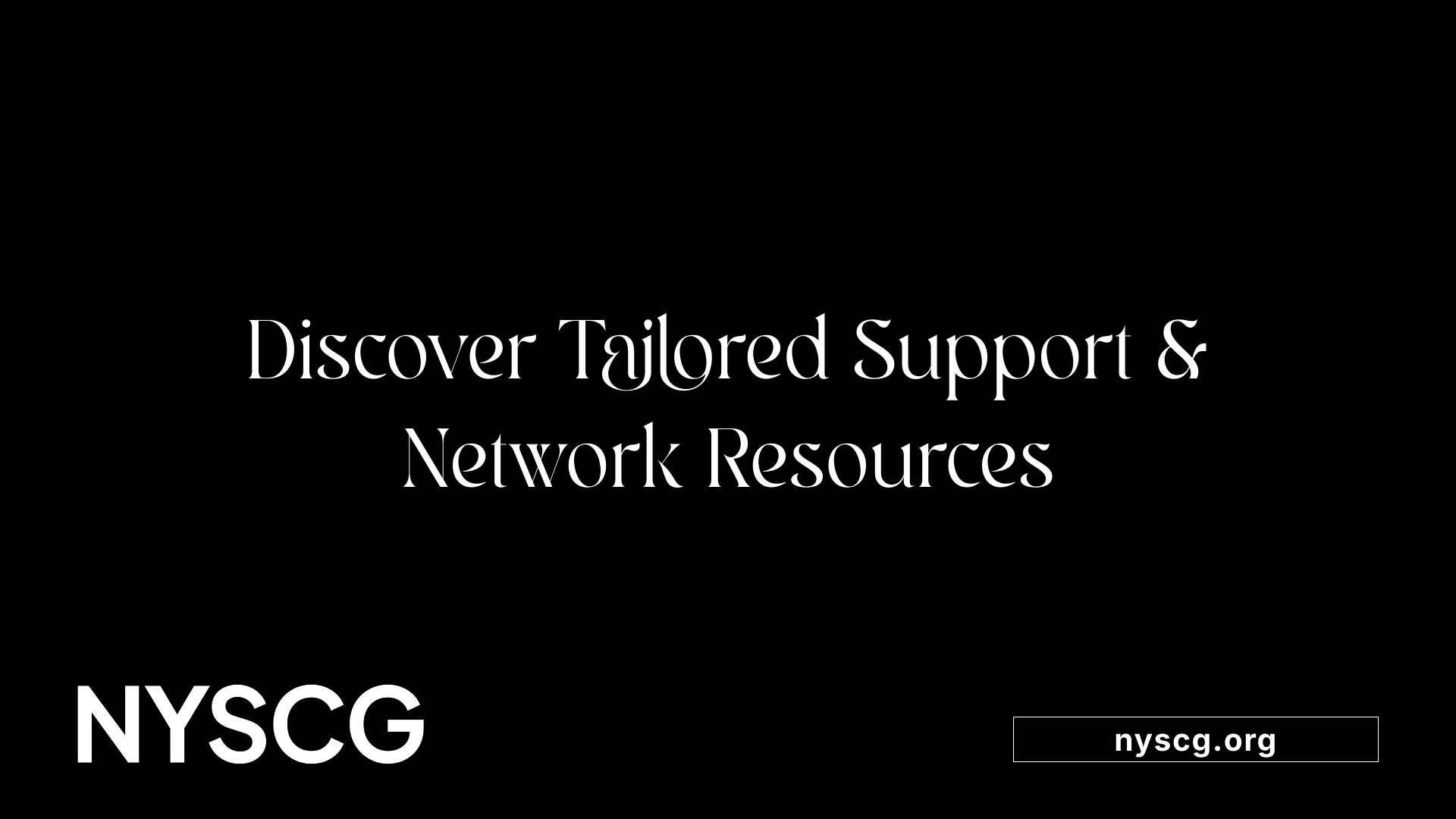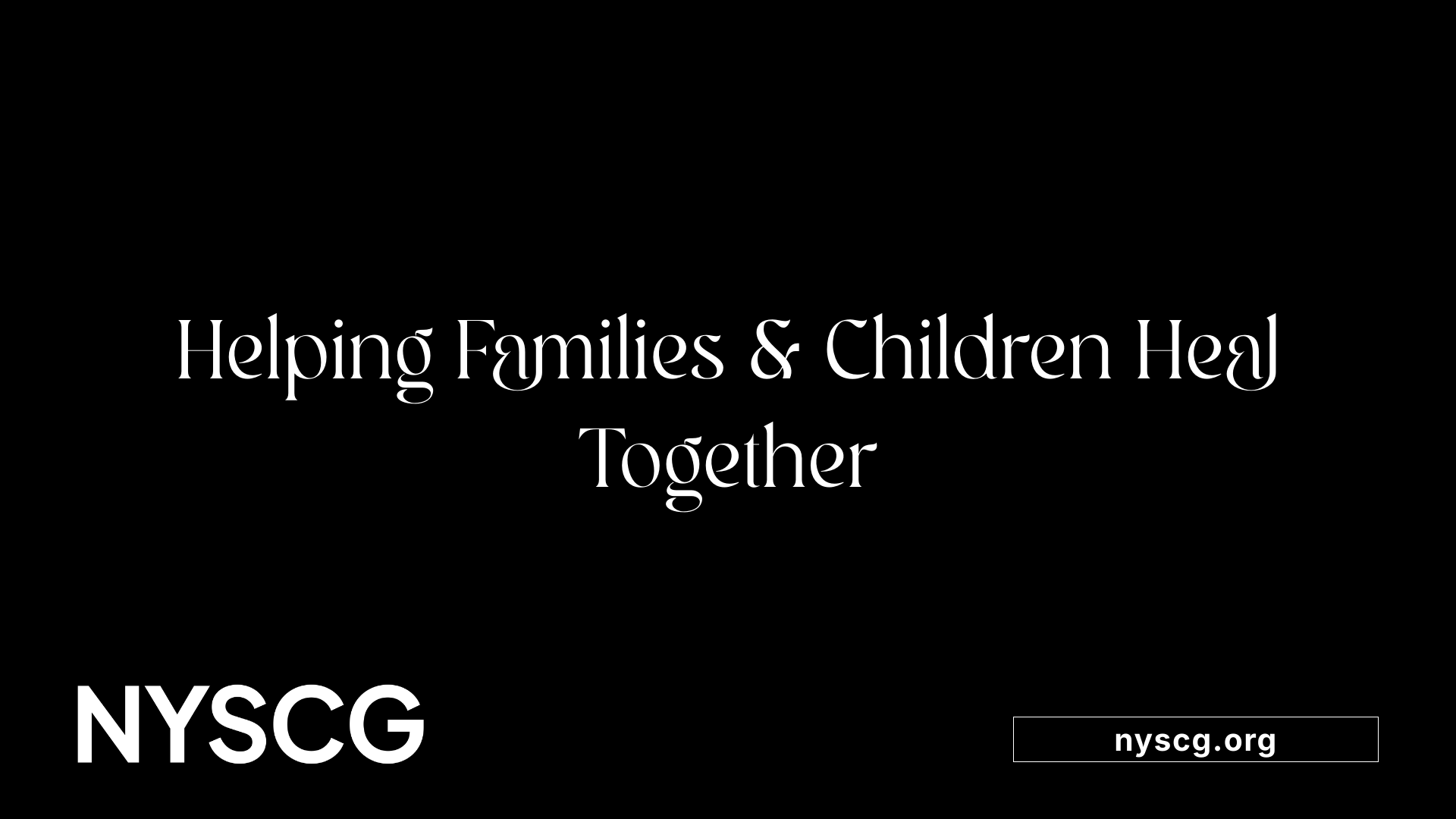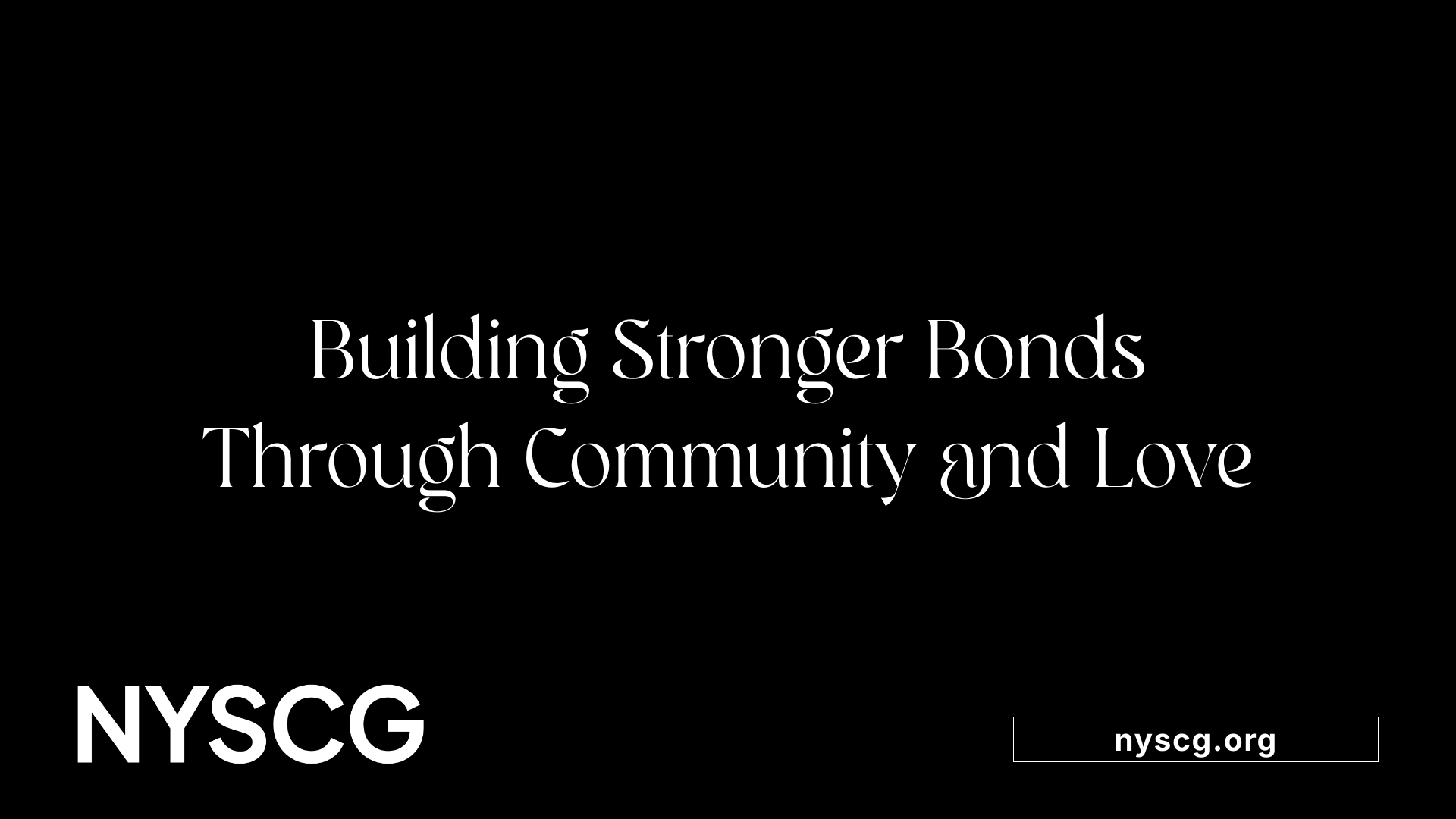Helping Families Deal With Unexpected Tragedies


Unexpected tragedies such as accidents, homicides, and suicides can strike without warning, leaving families devastated and overwhelmed. This article offers comprehensive insights into coping strategies, emotional support mechanisms, and available resources to help families process grief, support children, and navigate the complex aftermath of sudden loss.

Experiencing the loss of a loved one unexpectedly often triggers intense emotional reactions. Many survivors report feelings of shock and disbelief, struggling to accept the reality of their loss. These initial moments can feel surreal, almost as if the event isn’t happening to them.
Alongside shock, feelings of guilt and anger frequently surface. Guilt may stem from questions like, 'Did I do enough?' or 'Could I have prevented this?' Anger can be directed at the situation, others involved, or even oneself. These emotions are natural and part of the grieving process.
Some individuals also question their existence and life’s meaning after such a traumatic event. This existential questioning can lead to deeper reflections about life's priorities, often fostering a newfound appreciation for life.
Symptoms of grief after sudden loss vary but commonly include physical and emotional signs. Fatigue and poor concentration are frequent, making daily tasks challenging. Changes in appetite—either eating too much or too little—and sleep disturbances such as insomnia or oversleeping are also typical.
These symptoms can persist for weeks or months, and recognizing them is crucial for providing appropriate support. Sharing feelings openly, seeking professional help when necessary, and focusing on self-care are vital steps toward healing.
To cope effectively with sudden loss, many turn to various supportive resources. Professional counseling, including grief therapists or psychologists, can offer tailored strategies to navigate complex emotions. Group support sessions, whether in person or online, offer communal comfort, allowing survivors to share experiences and gain understanding.
Informational websites such as Psychology Today provide guidance on managing grief, including practical coping strategies and contact information for licensed practitioners. Community and religious organizations also play a significant role, offering spiritual guidance, support groups, and emotional assistance.
Creating rituals like lighting a candle, sharing memories, or talking to a photo can serve as healthy outlets for grief. Maintaining routines, practicing good self-care—such as balanced eating, rest, and stress reduction—and avoiding overwhelming situations are also essential.
For trauma related to specific kinds of death, such as accidents or suicide, specialized resources and support groups are available. Immediate crisis help can be accessed through hotlines and local crisis centers, ensuring that help is available when feelings become too intense to manage alone.
By utilizing these resources and acknowledging the normalcy of a wide range of emotional responses, survivors can take meaningful steps toward healing. Remember, seeking help is a sign of strength, and support networks are there to guide each step of the recovery process.
 How can individuals and families understand and manage the emotional impact of unexpected loss?
How can individuals and families understand and manage the emotional impact of unexpected loss?
Experiencing sudden death can trigger intense emotions such as shock, disbelief, anger, guilt, and confusion. Recognizing that these reactions are normal is the first step in managing grief effectively.
Families and individuals should openly share their feelings with trusted friends or professionals. Talking about their emotions helps reduce feelings of isolation and supports emotional processing. Support from grief counselors or mental health professionals can be invaluable, especially when feelings become overwhelming.
Implementing self-care practices is crucial. Maintaining regular routines—even simple activities like eating, sleeping, and engaging in leisure—provides a sense of stability. Mindfulness techniques, physical activity, and engaging in hobbies can help manage stress.
Avoiding overwhelm involves setting boundaries and pacing oneself through grieving. It's important to take breaks from distressing news or conversations and allow time for rest.
Seeking professional help, such as therapy designed for trauma and grief, offers tailored strategies to cope and recover. These services can often be covered by insurance and can be accessed through community health providers or specialized organizations.
By understanding their emotional responses and actively engaging in self-care, families can navigate the difficult journey of grief following unexpected loss with resilience and hope.
 When faced with sudden bereavement, seeking professional support can be a crucial step in coping with grief. A variety of counseling options are available, tailored to help individuals process trauma and emotional pain. Evidence-based therapies such as Trauma and Grief Component Therapy for Adolescents (TGCTA) and Multidimensional Grief Therapy (MGT) are offered by specialized centers like the Trauma & Grief Center (TAG). These therapies focus on addressing complicated feelings and facilitating healing.
When faced with sudden bereavement, seeking professional support can be a crucial step in coping with grief. A variety of counseling options are available, tailored to help individuals process trauma and emotional pain. Evidence-based therapies such as Trauma and Grief Component Therapy for Adolescents (TGCTA) and Multidimensional Grief Therapy (MGT) are offered by specialized centers like the Trauma & Grief Center (TAG). These therapies focus on addressing complicated feelings and facilitating healing.
Support groups also play a vital role in the healing journey. Programs like GriefShare provide structured, multi-week sessions that include videos, personal workbooks, and community discussions. These settings help participants share their experiences and gain mutual understanding, making the journey less isolated.
Apart from local services, numerous resources like the SAMHSA’s National Helpline offer free, confidential referral services. They connect individuals to nearby treatment facilities, support groups, and community organizations, often available in multiple languages. Educational webinars and guides for healthcare providers, educators, and caregivers further support resilience-building and emotional first aid.
Families can significantly benefit from utilizing community, religious, and online networks. Connecting with faith groups, local support organizations, or online counseling providers such as Psychology Today can provide accessible emotional help. Building a supportive network helps families navigate grief collectively, share memories, and find comfort during challenging times. Remember, professional and community support is available, and reaching out is a vital step toward healing.

Children and families face intense emotional challenges after sudden deaths caused by accidents, suicides, or violence. Offering compassionate and age-appropriate support helps them navigate their grief.
Creating a safe space for children is essential. Adults should encourage children to express their feelings openly, using language suited to their age. For younger children, activities like drawing, storytelling, or sharing memories foster healing and help them understand their emotions.
Recognizing each child’s unique reactions is critical. Some may feel anger, guilt, sadness, or fear. Validating these feelings reassures them that all emotions are normal. It's beneficial to be patient and listen carefully, avoiding dismissing or minimizing their pain.
Maintaining regular routines during difficult times provides stability and comfort. Consistent schedules for meals, sleep, and activities help children feel secure amid uncertainty.
Monitoring their behavior for signs of distress — such as withdrawal, agitation, physical complaints, or changes in sleep and appetite — enables timely intervention. If concerns arise, seeking professional help like therapy or counseling is advised.
Organizations such as The Compassionate Friends offer specialized support for grieving families. Through local chapters, online groups, and memorial events, families can connect with others who understand their pain. Sharing positive memories and celebrating loved ones' lives also reinforce a holistic remembrance that aids emotional recovery.
By demonstrating love, patience, and understanding and fostering open communication, families create a nurturing environment that helps children rebuild their sense of safety and hope after tragedy. These efforts contribute to resilience and ongoing healing, ensuring that children and loved ones gradually find a path toward acceptance and peace.
 When faced with the emotional upheaval following sudden bereavement, understanding and managing these intense feelings is crucial for healing. Families and individuals should recognize common reactions like shock, disbelief, anger, and guilt as natural responses. Learning to lean on trusted friends, family members, or professional grief counselors can help process these emotions more effectively.
When faced with the emotional upheaval following sudden bereavement, understanding and managing these intense feelings is crucial for healing. Families and individuals should recognize common reactions like shock, disbelief, anger, and guilt as natural responses. Learning to lean on trusted friends, family members, or professional grief counselors can help process these emotions more effectively.
Open communication within families and between partners plays a vital role in mutual support. Sharing feelings without judgment fosters connection and helps prevent feelings of isolation. Engaging in self-care practices, such as maintaining routines, enjoying leisure activities, and practicing mindfulness, can bolster resilience during difficult times. Allowing oneself to fully experience and express painful emotions—without suppressing them—is essential in the journey toward healing.
Couples, in particular, benefit from creating safe spaces to discuss their grief and support each other’s emotional needs. Partners processing loss differently should aim for mutual understanding and patience. Sometimes, seeking couples therapy can provide a structured environment where both individuals can explore their feelings and strengthen their bond.
Community and support networks offer additional comfort. Organizations like The Compassionate Friends provide support groups, online communities, and memorial events, all designed to connect those who are grieving. These networks emphasize the importance of sharing grief, attending memorials like the Worldwide Candle Lighting, and participating in conferences that foster collective healing.
Marital resilience after tragedy often depends on open communication and shared grieving. Studies show that most marriages survive after the death of a child or loved one; maintaining honest dialogue and offering mutual support are crucial. Creating opportunities for physical touch and expressing love can solidify emotional bonds during these tough times.
| Support Strategies | Description | Additional Notes |
|---|---|---|
| Mutual support between partners | Sharing feelings and supporting each other’s emotional needs | Essential for emotional resilience |
| Couples therapy | Professional counseling to navigate grief as a couple | Helps improve understanding and communication |
| Community and support networks | Joining groups like The Compassionate Friends or local grief organizations | Provides shared experiences and collective solace |
| Marital resilience | Maintaining connection and communication post-tragedy | Can be strengthened with openness and patience |
Overall, navigating the difficult landscape of grief involves a combination of personal coping strategies, professional help, and community support. Remember, healing is a process, and leveraging these resources can help individuals and families rebuild their lives with hope and renewed strength.
While the journey through grief is deeply personal and often painful, building a compassionate support system, utilizing available resources, and maintaining honest communication can foster healing. Families should remember they are not alone—help is accessible through counseling, community networks, and dedicated organizations. By acknowledging emotions, supporting one another, and honoring the memory of loved ones, families can navigate the darkness of sudden tragedy and find renewed strength and hope.
All you need is the will to make the world a better place.
New York State chaplain group inc. is a tax deductible organization with a federal tax Id number 92-383-4921